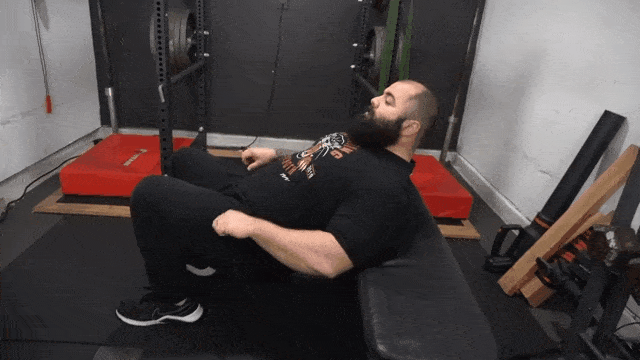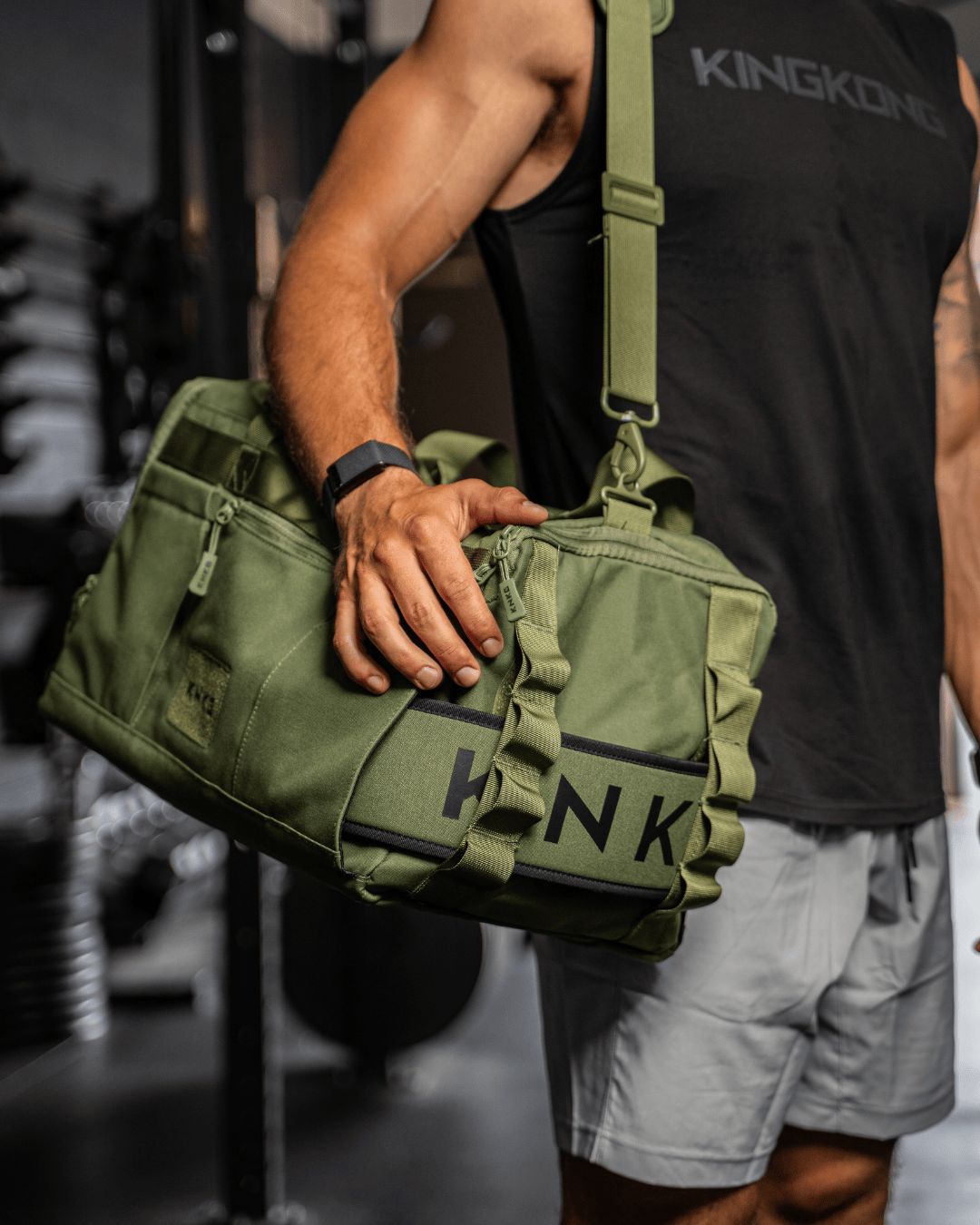This Week’s Resources
This Week’s Sponsor (KNKG)
How to Do Hip Thrusts The Right Way
Here’s a guide to hip thrusts. This movement primarily works the gluteus maximus, the largest and most powerful muscle in your body. This muscle is responsible for hip extension, a critical movement pattern in squats, deadlifts, sprinting, and jumping.
The hip thrust is a powerhouse movement for anyone serious about building lower-body strength, especially targeting the glutes.
By adding hip thrusts to your program, you can:
Increase glute strength for improved power and athletic performance
Enhance deadlift and squat lockout strength
Reduce the risk of lower back injuries by reinforcing hip stability
Improve explosive movements in sports like sprinting and jumping
This Week’s Partner
Thanks to KNKG for partnering with us this week. Because of their sponsorship, we’re able to send this newsletter for free to the powerlifting community.
And lucky for us, they’re also the place to go for premium lifting gear. One of their bags earned top marks as a powerlifting gym bag, and we’re proud to have them as a partner.
Looking for other gear? They’ve also got a lifting belt that fits right in the side of the duffel, leaving room inside for everything else.
Should Powerlifters Wear a Lifting Belt?
Should powerlifters wear a lifting belt? In this video, Joseph Lucero from Powerlifting Technique breaks down everything you need to know about lifting belts—what they do, how they work, and when you should (or shouldn’t) use one.
Studies show a belt will help you squat 5 to 15% more. A belt also reduces shear forces on the spine, minimizing the risk of injury. Finally, it promotes proper form by enhancing core activation. However, the belt is to help reinforce your core and is not a replacement for a proper brace.
Squat Accessory Lifts To Improve Strength
To reach your potential in squats, you need to do accessories. Some believe “technique doesn't matter as long as you get the weight up.” That mindset, however, is limiting and will only get you so far.
Accessory lifts are supplemental and supportive movements that help improve specific aspects of your performance, such as your weak points. They are prioritized as top movements that take dominance in your program.
What do you need help with?
What to Know About Partial Squats
The ‘partial squat' is also called the ‘half-squat', which is where the knees don't go below 120-135 degree flexion. The glutes are activated more during a partial squat and heavier weight is typically used.
You can use the partial squat to break through sticking points, overload the movement, and build confidence.
How To Deal With Quads Being Sore After Squats
If the soreness you are experiencing is just DOMS, then yes, you’re good to keep training. Especially if you’re set to train another muscle group, then your quad soreness shouldn’t be a reason to stop.
If you want to train quads or legs again, just be mindful of the soreness and make sure it’s not affecting your form negatively in that next workout. Sometimes lightly training those muscles again can be the best way to work through the DOMS.
If your quad soreness is due to an injury, talk to a physician before training them again.







